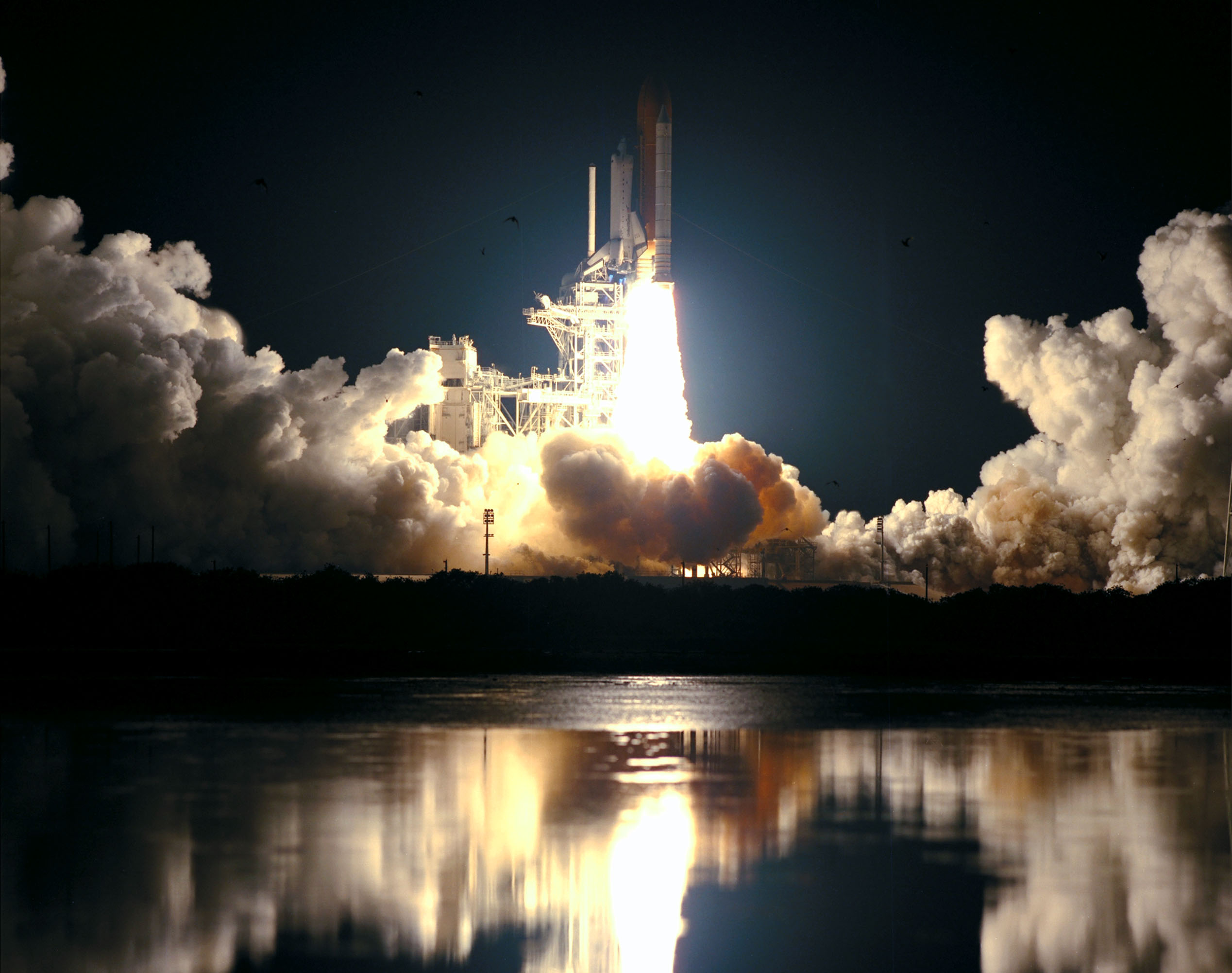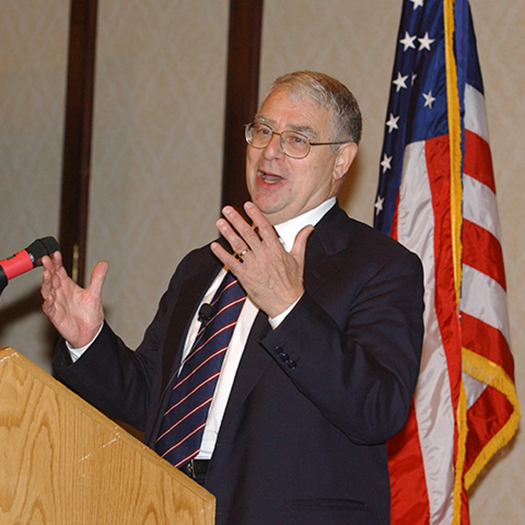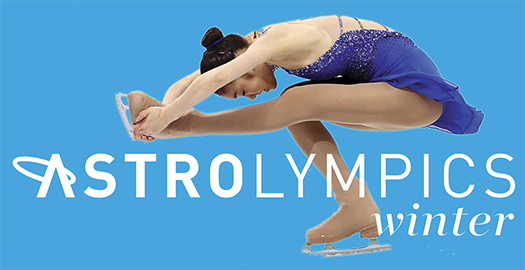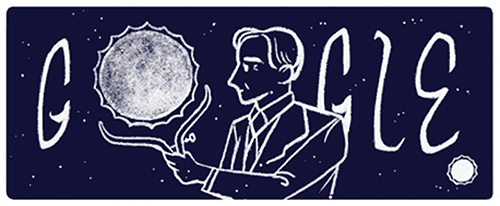General
New Chandra Operations Control Center Opens
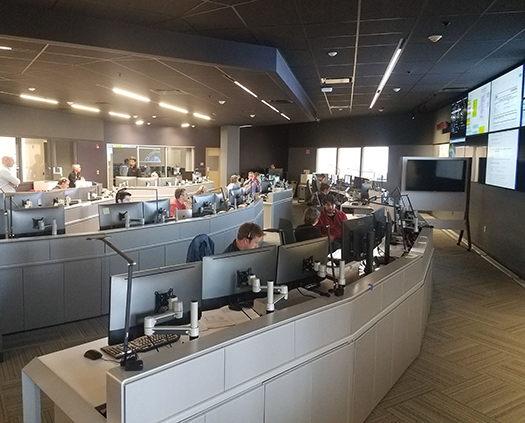
Chandra's New Operations Control Center
A new state-of-the-art facility that will operate NASA's Chandra X-ray Observatory has opened. This new Operations Control Center, or OCC, will help Chandra continue its highly efficient performance as NASA's premier X-ray observatory.
As the name suggests, the OCC controls the operation of the Chandra spacecraft while it is in orbit, as scientists and engineers design plans for efficiently and safely observing its targets.
Two years before Chandra's launch into space in 1999, NASA awarded the Smithsonian Astrophysical Observatory a contract to establish the first OCC as part of the Chandra X-ray Center, under the direction of NASA's Marshall Space Flight Center. Northrup Grumman was and continues to be a prime contractor for Chandra, employing many staff members at the OCC.
Chandra to Continue Operations During US Government Shutdown
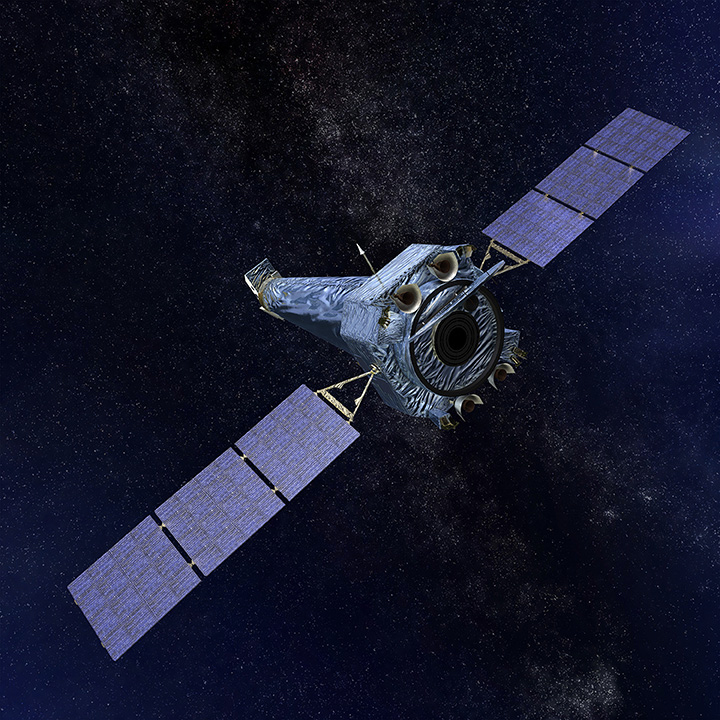
NASA has designated Chandra as "excepted" during the Government shutdown and requested that SAO continue Chandra X-ray Center (CXC) operations. Since NASA is unable to provide funding during the shutdown, the Smithsonian Institution has agreed to advance funding to continue science and mission operations through mid-March, as necessary.
A Hero of the Heroic Age of Astronomy
Riccardo Giacconi (1931-2018)
Riccardo Giacconi, the "Father of X-ray Astronomy," Nobel prize-winner, and one of the most influential figures of modern astrophysics, has died at the age of 87.
Giacconi was born in Genoa Italy on October 6, 1931. He spent most of his life until 1956 in Milan, where he obtained a Ph.D. in physics from the University of Milan, working under the direction of noted cosmic ray physicist Giuseppe Ochialini. Giacconi subsequently worked as an assistant professor at the University of Milan before emigrating to the United States to work for R.W. Thompson as a Fulbright Fellow at Indiana University.
From Indiana he moved to Princeton where he met and worked with Herbert Gursky, also a post-doctoral fellow. According to Giacconi, "We built equipment, worked like fiends, analyzed data, and declared failure." When his Fulbright fellowship expired, Giacconi moved to American Science and Engineering (AS&E) in Cambridge, MA, a startup formed by Martin Annis, an ex-student of Bruno Rossi of the Massachusetts Institute of Technology (MIT). At that time AS&E was primarily involved in military space research.
Remembering Riccardo Giacconi, X-Ray Astronomy Pioneer
Courtesy of NASA.gov
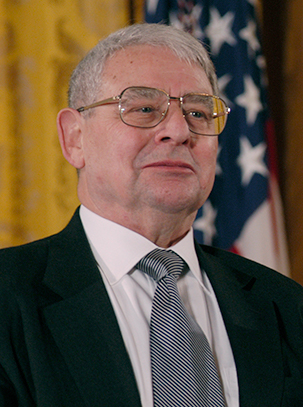
Riccardo Giacconi (Credit: R.K. Morris)
NASA is saddened to note the passing of Riccardo Giacconi, who had a long and illustrious career with the agency.
“Riccardo set the standard for the way that NASA astrophysics is done, by involving the entire astronomy community in space missions via robust Guest Observer programs. We continue to benefit from his foresight,” said Paul Hertz, Director of Astrophysics at NASA.
Giacconi’s early sounding rocket work opened the field of X-ray astronomy, in which NASA continues to be a world leader. He led the sounding rocket experiment that discovered the first two non-solar cosmic X-ray sources: the X-ray background and the neutron star Scorpius X-1. This breakthrough led Giacconi to propose to NASA the Small Astronomy Satellite-A or SAS-A, renamed “Uhuru” at launch. The satellite produced the first catalog of cosmic X-ray sources.
He went on to develop the first focusing X-ray telescope, the Einstein Observatory, and then to write the proposal for NASA's Chandra X-ray Observatory. Chandra continues to operate today, and is the most sensitive X-ray observatory ever developed.
Happy 40th Birthday, Einstein Observatory
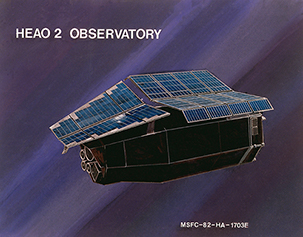
Einstein Observatory/HEAO 2
On November 13, 1978, the High Energy Astrophysical Observatory 2 (HEAO-2) blasted into space from Cape Canaveral, Florida. Renamed the Einstein Observatory after it was successfully placed into orbit, this was the first fully imaging telescope dedicated to looking at X-rays beyond the Sun.
The Einstein Observatory and the Smithsonian Astrophysical Observatory (SAO), part of the Harvard-Smithsonian Center for Astrophysics in Cambridge, Mass., are forever linked. The telescope was conceived, proposed to NASA, run by, and its data processed by SAO. The original conception for Einstein came from a group at the American Science & Engineering company, led by Nobel Prize-winner Riccardo Giacconi, which moved to SAO in 1973. SAO’s Leon van Speybroeck, who would later become the Telescope Scientist for Chandra, designed the telescope for Einstein.
In addition to being the first X-ray telescope capable of making images, Einstein was an extremely important mission for other reasons. For example, the Einstein Observatory set aside about a quarter of its observing time for a “Guest Observer” program. SAO’s Fred Seward headed the Guest Observer program and ensured an open, competitive process that enabled scientists who were not part of the original consortium to propose observations and to analyze Einstein data.
Skeletons and Spacecraft: An X-ray Halloween
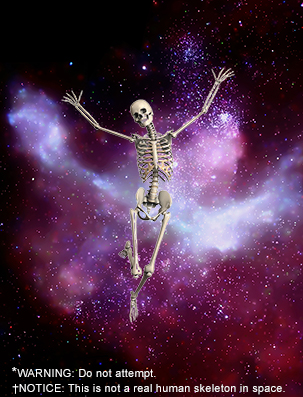
It’s that excellent time of year again when skeletons become all the rage. With Halloween just around the corner, the good folks at the Oregon Zoo released a series of X-ray images that show the fascinating — and a little bit spooky — skeletons of some of their animals.
Those of us who work for NASA’s Chandra X-ray Observatory share an affinity for X-ray images. After all, we’ve been in the business of collecting X-rays from space for nearly 20 years. During that time, we’ve observed X-rays coming from material falling into black holes, the remains of exploded stars, galaxies, and much, much more.
What’s the connection between X-rays from a doctor’s (or vet’s office) and those of a space-based telescope? A medical X-ray machine consists of two parts: an X-ray source at one end, and a camera at the other. The body or body part is placed in between. When the X-rays from the source shine, the camera records the X-rays that reach the photographic film or detector.
Carnival of Space
The Carnival of Space is a round up of astronomy and space-related blogs that started back in 2007. Every week, a different webmaster or blogger hosts the carnival, showcasing articles written on the topic of space. This week, it's our turn to host the Carnival here on the Chandra blog. Enjoy!
There’s a lot of news happening out there on the ground so let’s make sure we keep an eye on the latest from space in this week’s Carnival of Space.
At Universe Today, there were a slew of good posts to consider:
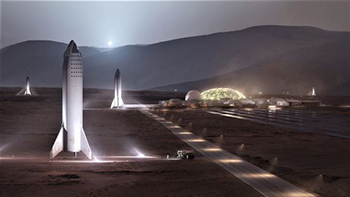
Artist’s impression of SpaceX’s proposed Mars Base Alpha. Credit: SpaceX
Author Matt Williams discusses how his experience as a science journalist helped become a better science fiction writer. https://www.universetoday.com/140285/how-science-journalism-helped-me-b…
Tammy Plotner takes us on a tour of the globular cluster NGC 6681, a.k.a. Messier 70, in their series of Messier Monday. https://www.universetoday.com/37776/messier-70-1/
A report on the recent acquisition of a Danish freighter by Blue Origins updates us on the latest from the race to affordability by private space companies: https://www.universetoday.com/140375/blue-origin-will-be-landing-its-ro…
The Winter 'AstrOlympics' Kick Off
As the athletes get set to compete in Pyeongchang, Korea, the public can explore the Olympic Games in a different way through an innovative project blending science and sports. “AstrOlympics” relates the amazing feats of Olympic athletes with the spectacular phenomena found throughout space.
This project from NASA’s Chandra X-ray Observatory highlights the physical connections between sport and space. Examining various topics including speed, distance, time, mass, rotation, and pressure, AstrOlympics explores the impressive range of these different physical properties.

